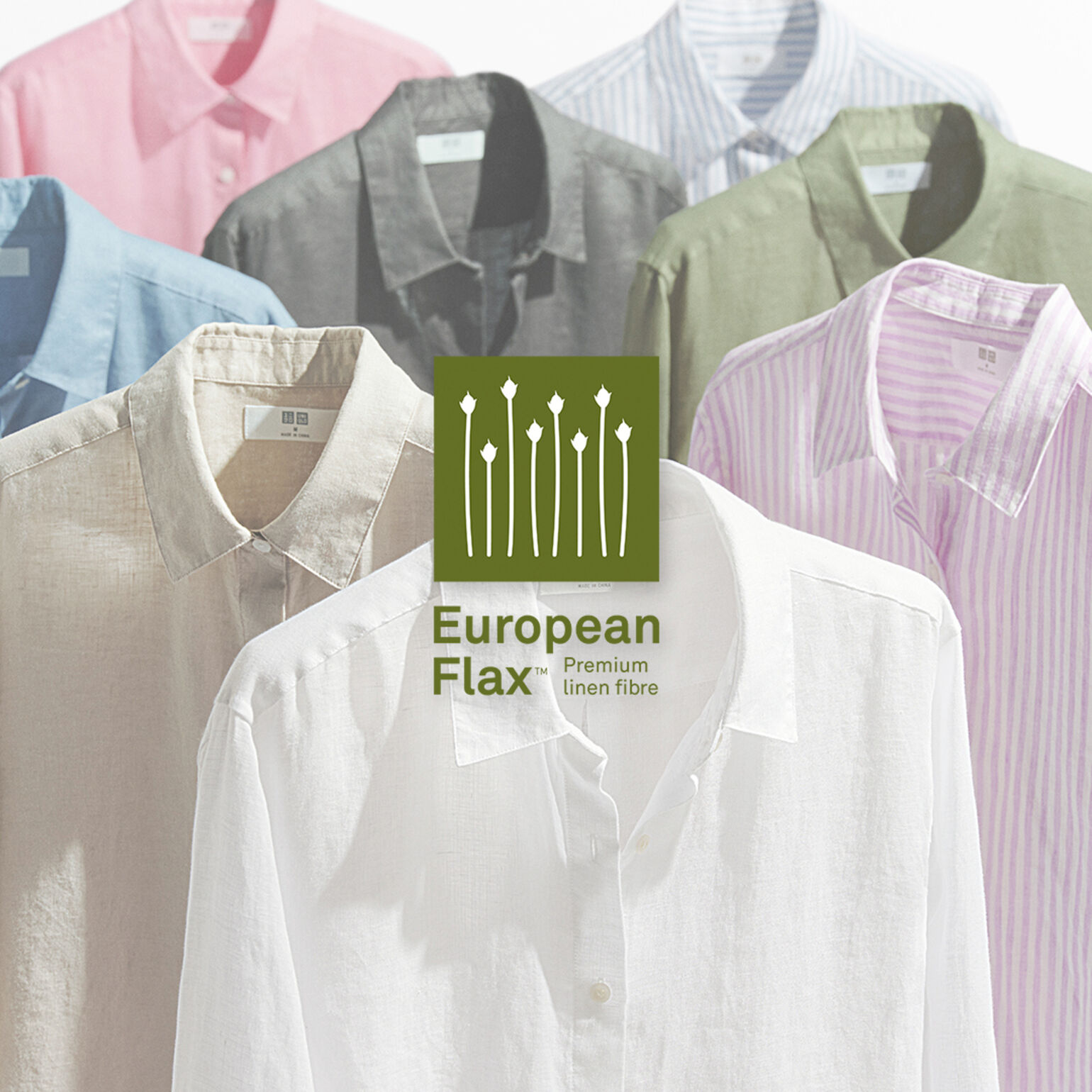
The Story Behind Our Premium Linen
Jul 24, 2024
NEWS
The Power of Flax
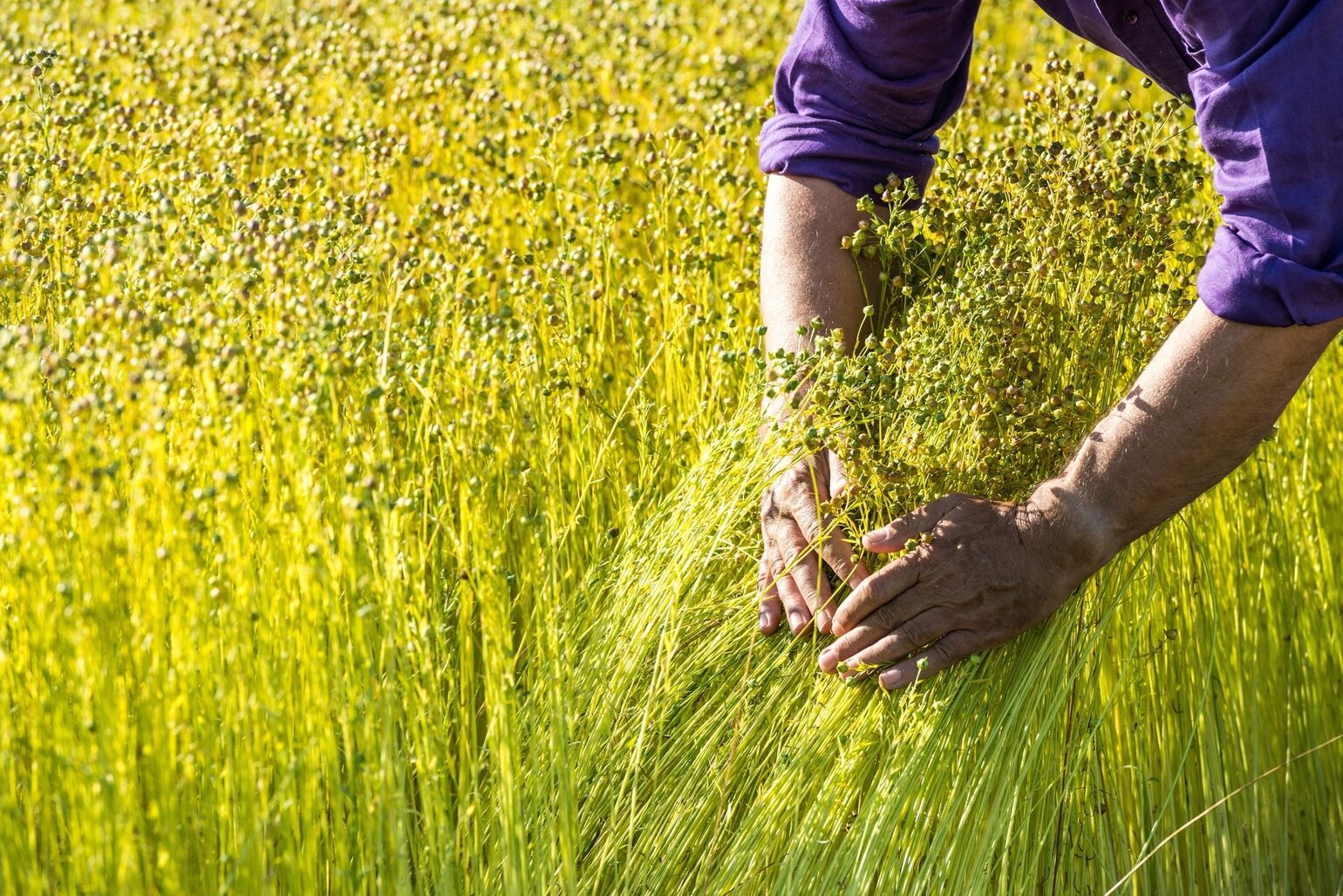
The flax plant that eventually becomes linen is pretty special as it requires no irrigation* to grow; rainwater is enough.
The growing process also requires no GMO, no defoliant and only low fertiliser use.
Flax is also a zero-waste plant. Each part of the plant has its purpose: scutching tows can serve as raw material for paper or composite production, shives are ideal for manufacturing chipboard or for animal bedding, and linseeds are transformed into oil.
Our women’s premium linen shirt is made exclusively from European Flax™ that has met the high standards of the European Flax™ since 2017, their certification gives our shirts a guarantee of quality and traceability.

Discover our women's premium linen collection .
Why linen?
Breathability
The flax fiber is hollow and can absorb moisture well. In fact, linen fabric can absorb up to 20% of its own weight in water! The fiber also releases moisture easily, which makes the fabric dry quickly.
Thermoregulation
Contrary to popular belief, linen clothing is a great choice for all seasons; not just summer. Linen is naturally thermoregulating, meaning it offers a cooling feeling in summer and insulating properties in winter.
Durability
Linen is a very durable fabric and therefore ideal for keeping up with your day-to-day, while staying supple and resistant without pilling or becoming distorted. It can last years and has a high resistance to wear and tear.
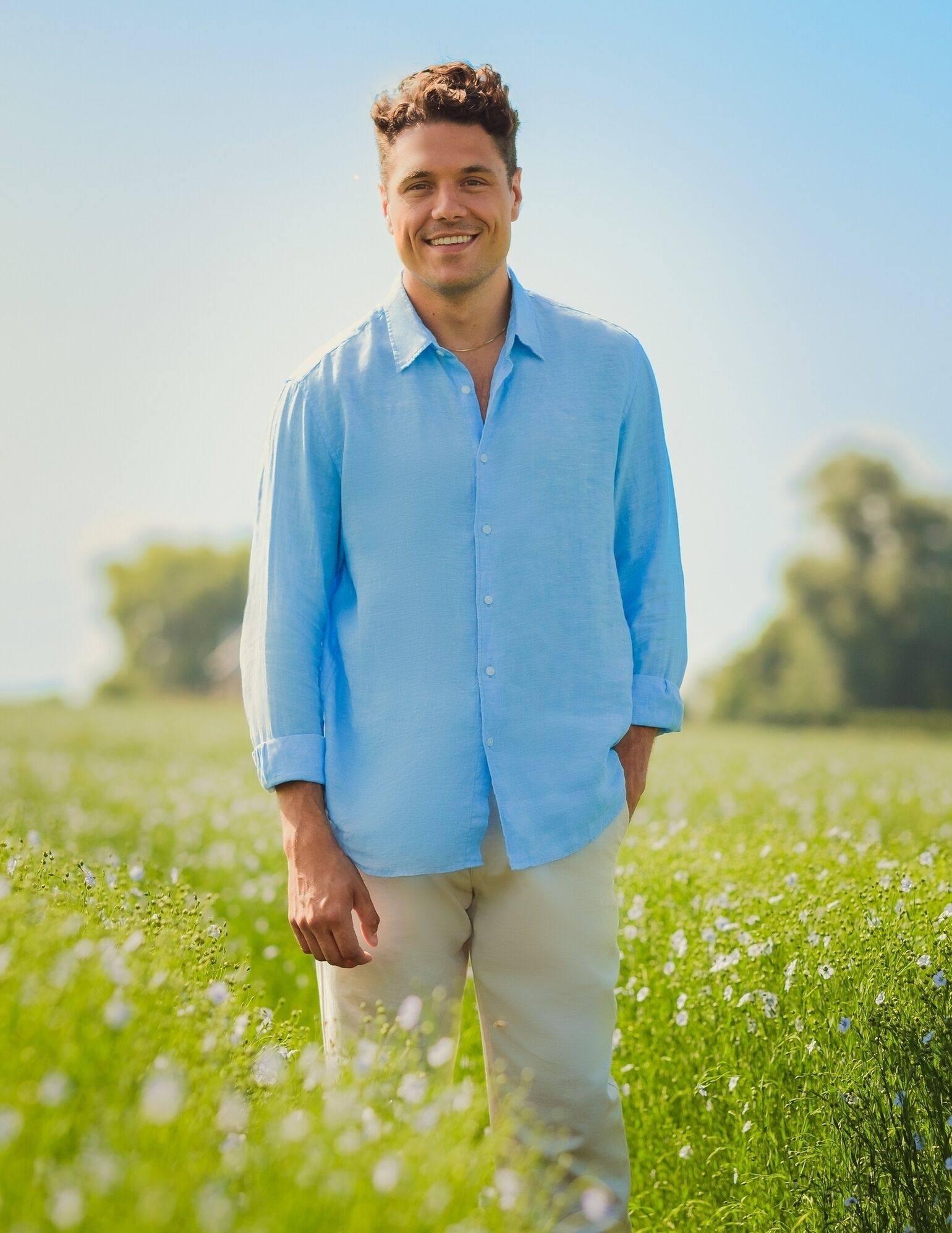
Discover our men's premium linen collection .
Easy Care
Linen is easy to care for, and can be hand washed, machine washed or dry cleaned.
How is our flax-linen made?
Step 1: Sowing
Between mid-March and mid-April, the sowing process begins. After 100 days, flax has already grown to 1 metre.
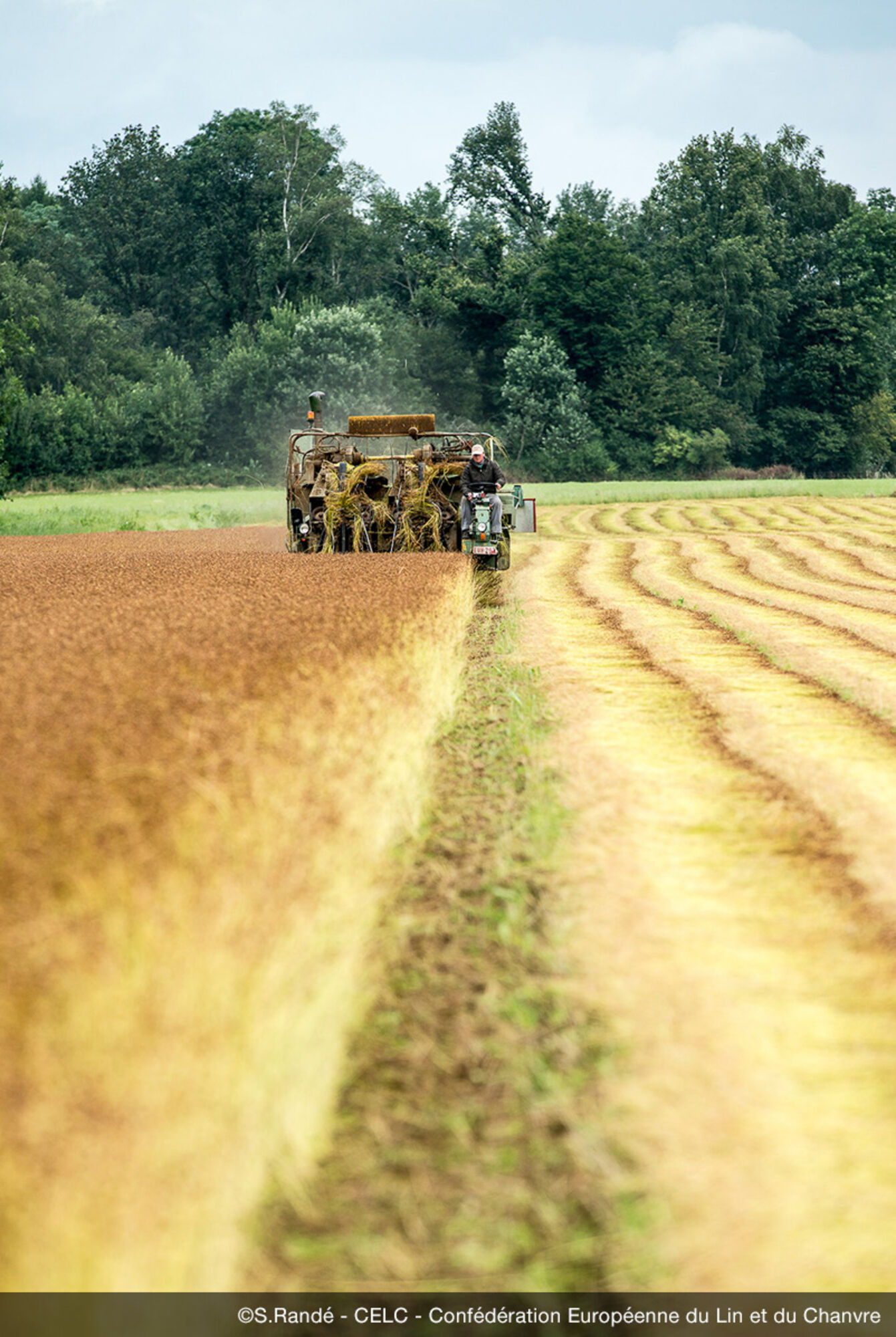
Step 2: Blooming
By mid-June, the landscape has a delicate blue hue for a few weeks thanks to the blooms of the flax plant. The linen flower only lives for a few hours.
Step 3: Pulling
In July, flax reaches maturity. Flax isn't cut, but pulled up to preserve the length of the textile fibers, which go from the roots to the top of the stem.
Step 4: Retting
The first step in transforming the plant into fiber is retting. The plant is left lying on the field for up to 6 weeks while sun, dew, and rain help detach the fibrous skin from the central wood.
Step 5: Scutching
The second phase is scutching, a specialized mechanical process that removes the fibrous skin from the central wood.
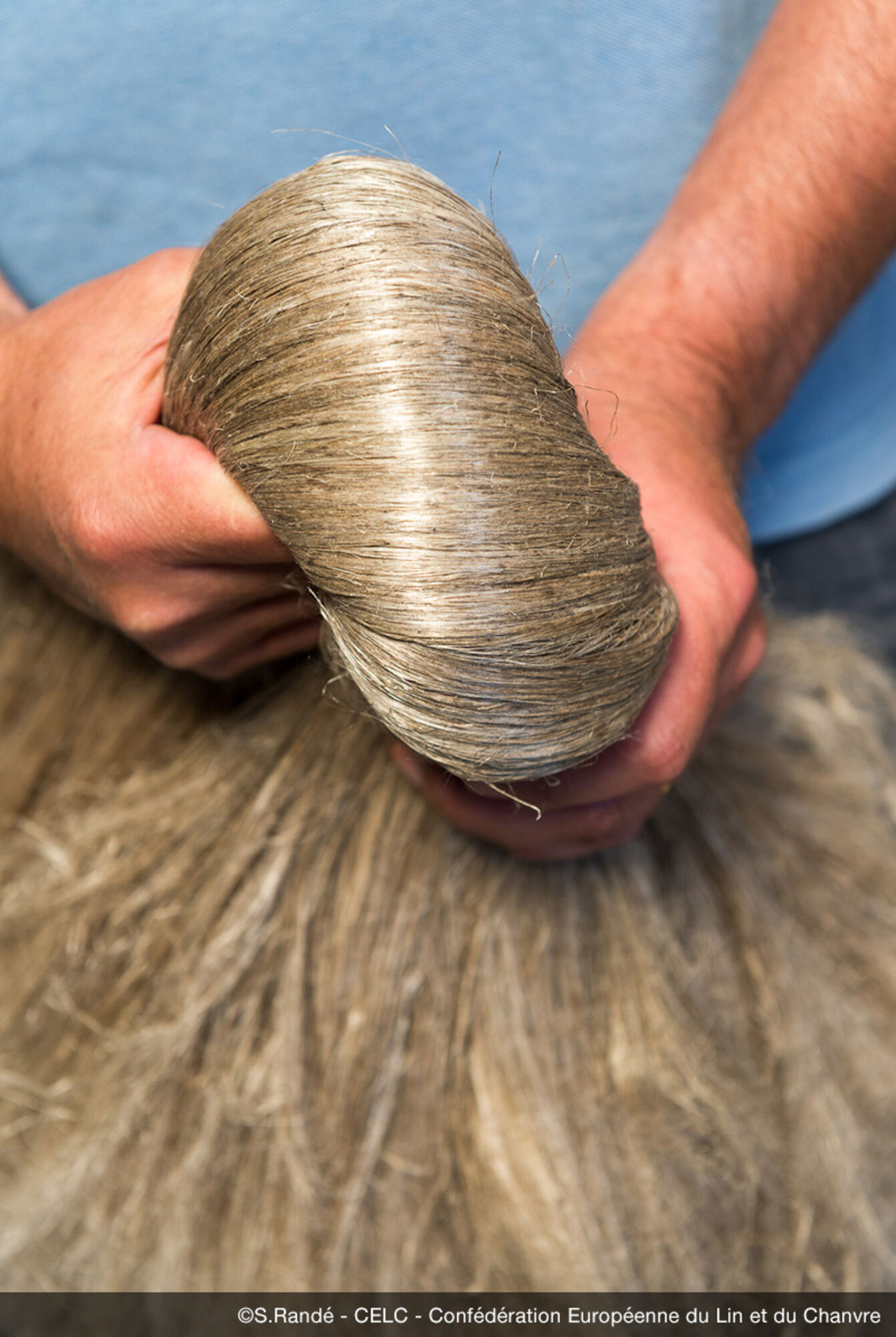
Step 6: Hackling
Hackling is the preparation for spinning; a homogenization of fibers. The fibers are combed, when they are laid out parallel to one another, calibrated and stretched.
This turns them into soft and glossy strands.
Step 7: From Flax to Fiber
Thanks to the mixing process, up to 30 flax batches from different regions and years are joined to improve quality and consistency. After that, we start the next phase of transformation where the fibers are untangled, stretched, and threaded to produce fabrics of different types. Finally, the weaving begins, which gives life to extra-fine, regular, and especially smooth materials.
*Except in exceptional circumstances.
TOP